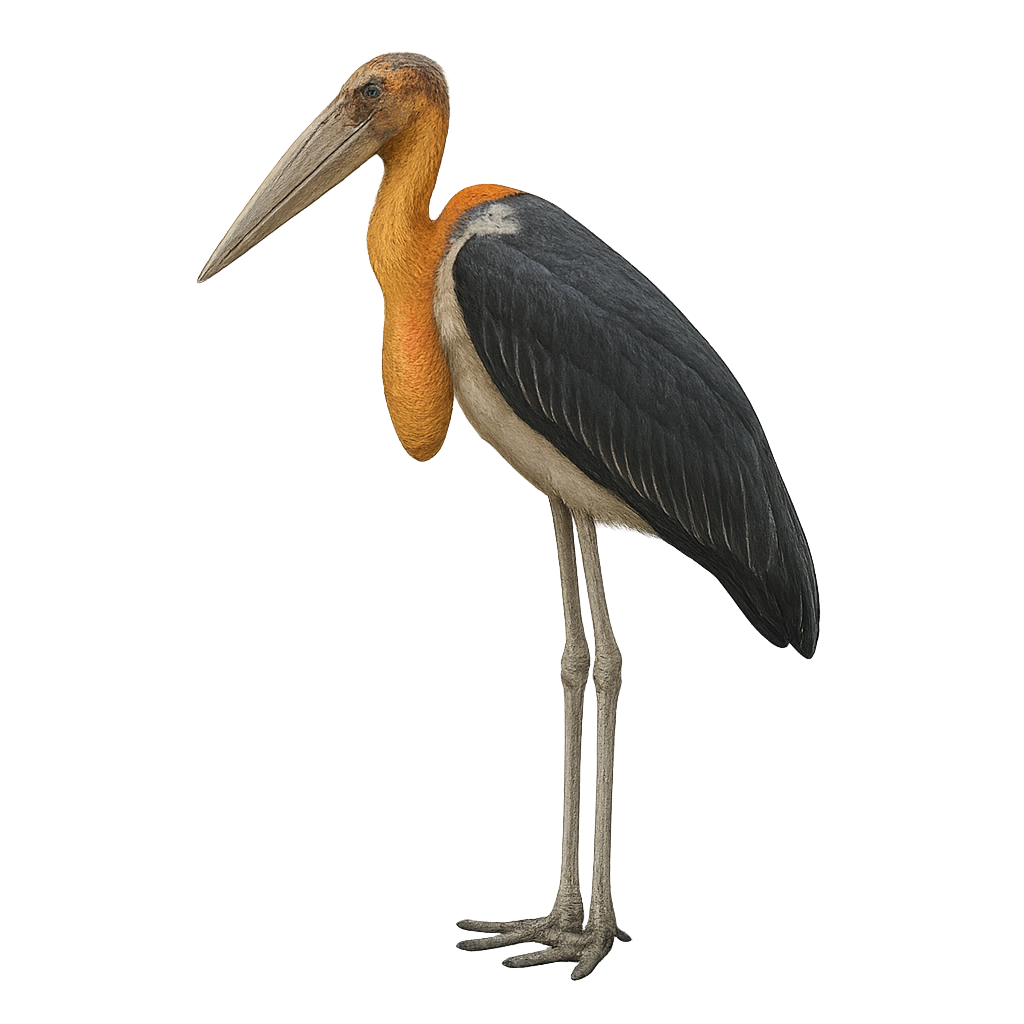Your wildlife photography guide.
Explore the greater adjutant in detail, study its behavior, prepare your shots.
Where to observe and photograph the greater adjutant in the wild
Learn where and when to spot the greater adjutant in the wild, how to identify the species based on distinctive features, and what natural environments it inhabits. The WildlifePhotographer app offers tailored photography tips that reflect the greater adjutant’s behavior, helping you capture better wildlife images. Explore the full species profile for key information including description, habitat, active periods, and approach techniques.
Greater Adjutant
Scientific name: Leptoptilos dubius

IUCN Status: Endangered
Family: CICONIIDAE
Group: Birds
Sensitivity to human approach: Suspicious
Minimum approach distance: 30 m
Courtship display: October to December
Incubation: 28-30 jours
Hatchings: October to January
Habitat:
Wetlands, marshes, floodplains
Activity period :
Primarily active during the day, with peak activity in the morning and late afternoon.
Identification and description:
The Greater Adjutant, or Leptoptilos dubius, is a large wading bird from the Ciconiidae family, primarily found in South and Southeast Asia, especially in India and Cambodia. This bird is notable for its impressive size, reaching up to 1.5 meters in height, with a wingspan that can exceed 2.5 meters. Its plumage is mainly gray with white highlights, and it has a bare, often reddish head and neck. The Greater Adjutant is a scavenger, feeding mainly on carcasses, but it can also consume fish and small animals. It plays a crucial ecological role by cleaning ecosystems of decomposing organic matter.
Recommended lens:
400mm – adjust based on distance, desired framing (portrait or habitat), and approach conditions.
Photography tips:
To photograph the Greater Adjutant, it is advisable to use a telephoto lens of at least 400mm to capture detailed images from a distance. These birds, though suspicious, can be observed in wetlands and marshes. It is best to remain discreet and blend into the environment to avoid scaring them away. The best times to photograph them are early in the morning or late in the afternoon when the light is soft and bird activity is at its peak.
The WildlifePhotographer App is coming soon!
Be the first to explore the best nature spots, track rutting seasons, log your observations, and observe more wildlife.
Already 1 432 wildlife lovers subscribed worldwide

